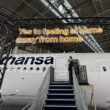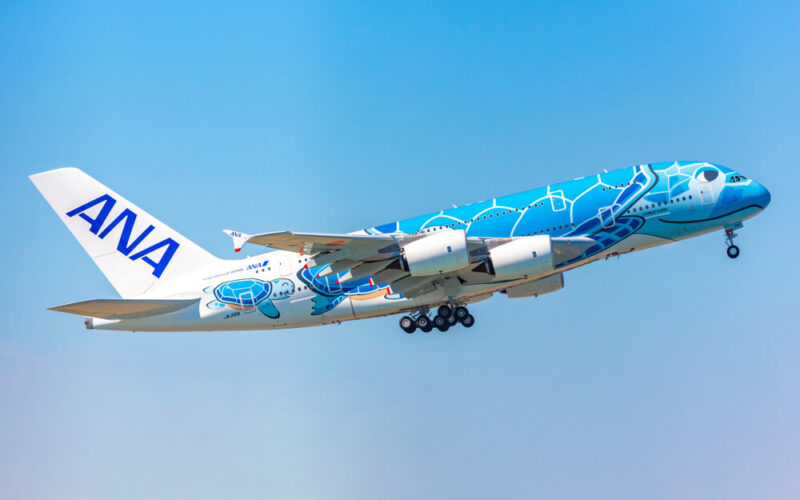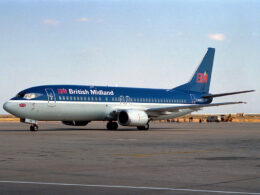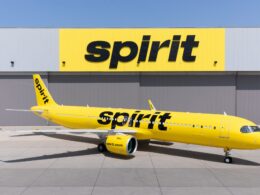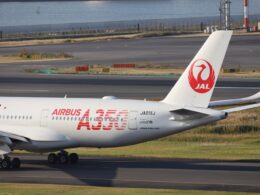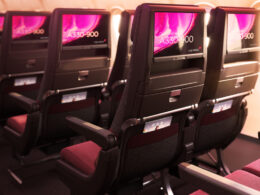Every aviation enthusiast had a very bittersweet Valentine’s Day in 2019, as Airbus announced that they are canceling the production of the Super Jumbo in 2021. As of that day, the European aircraft manufacturer would not accept any new orders for their flagship aircraft, the A380.
Airlines were not very keen to order the A380 either. One of the main reasons for the cancelation of the production so soon was the fact that Emirates, the biggest Airbus A380 operator, reduced its order for the aircraft.
When Airbus announced that they are ceasing the production of the Super Jumbo, Tom Enders, the former CEO of the company put it simply:
“As a result of this decision we have no substantial A380 backlog and hence no basis to sustain production, despite all our sales efforts with other airlines in recent years. This leads to the end of the A380 deliveries in 2021”.
Second coming of the A380
Since the announcement, some significant news regarding the Airbus A380 popped up. Which poses a question ‒ is the quad-engine jet undergoing a midlife crisis and will make drastic changes to its lifestyle?
The signs are there: The A380 is having problems with its career, as nobody wants to employ the aircraft. The A380 witnessed changes of its “parents”, as multiple people had their reign on the Airbus CEO throne. One of them got even kicked out due to the delays of the program back in 2006, amongst several other reasons.
But is the A380 poised for a second coming?
Firstly, just two days ago, on July 1, 2019, Emirates started flying from Dubai to Muscat with an A380, replacing the Boeing 777 on the route.
Secondly, on the same day, Etihad also announced a new route served with an A380 – Abu Dhabi to Seoul. The United Arab Emirates-based carrier will replace Boeing 787 on the connection between the two major cities in Asia. Etihad will operate Flight EY876 and Flight EY873 daily.
Thirdly, All Nippon Airways received their first A380 on March 20, 2019. The carrier ordered three Super Jumbos in 2016 and plans to deploy all of them on the same route between Tokyo-Narita and Hawaii’s Honolulu International Airport.
Finally, Hi Fly, an ACMI and aircraft leasing company, is dancing around with the idea that a second A380 would join their fleet. An article published on Simple Flying has revealed that Hi Fly will reflect upon their year with the aircraft and assess whether a second Airbus A380 would be joining its fleet in 2020.
Reality check
It might appear these headlines proved the doubters wrong: airlines have found routes that have the infrastructure to handle the A380 and still provide a profit. Demand for second-hand A380 aircraft would be very alive if Hi Fly decides to add an extra aircraft to their fleet.
But, how likely is it?
Activity of Hi Fly’s A380
Crowds lined up to see and tour the Hi Fly A380 at the Farnborough Show back in July 2018, when the Portuguese airline revealed their newest acquisition.
Airlines lined up as well. According to Hi Fly’s own press release, it did not take too long for customers to show interest in the one-of-a-kind A380: “Less than 24 hours after the presentation of the Airbus A380 to the industry and the start of related marketing activities, Hi Fly agreed on the first wet-lease contract for the A380 with an undisclosed well established European Carrier”.
But initially, the operations were not as smooth. Norwegian leased the aircraft to operate their London-Gatwick (LGW) – New York-JFK (JFK) route back in 2018 and daily delays became the norm:
.@Fly_Norwegian‘s 11pm JFK-LGW flight operated by the @hifly_airline A380 is delayed until 3am for the third day in a row.
It appears the airline isn’t announcing the delays until the day of the flight and is still selling the original departure time, which is downright scummy. pic.twitter.com/efSYZdTgkD
— Jason Rabinowitz (@AirlineFlyer) August 6, 2018
Passengers grew furious, while Norwegian struggled to solve the situation. It operated the A380 from JFK’s overcrowded T1 and the airport simply could not accommodate the aircraft at the original arrival time. The low-cost carrier was stuck with the aircraft, as their Boeing 787 Dreamliners had to be grounded due to issues with their Rolls-Royce engines.
On September 7, 2018, Hi Fly grounded the A380. The airline operated a flight for Air Austral, when their pride and joy, unfortunately, hit a jet bridge at Paris-Charles de Gaulle (CDG):
2018-09-07: HiFly Airbus A380 (9H-MIP) on ops for Air Austral flight #UU978 to Reunion received minor engine casing damage when it collides with a jetbridge at Paris-Charles de Gaulle Intl Airport (CDG, LFPG) whilst under tow. https://t.co/Itc8z7Tbf5 pic.twitter.com/wlvuBB2uwT
— JACDEC (@JacdecNew) September 9, 2018
Nevertheless, after initial hiccups in 2018, Hi Fly announced great news back in February 2019. The airline has found a customer for the whole summer season of 2019. Talking to Forbes about the announcement, CEO Paulo Mirpuri also expressed very strong hints that the airline is considering adding more A380s to their fleet, after overcoming initial difficulties with the first one:
“The second [A380] will be a lot easier, so we will be driven by market demand. And we will need to have one full year of operation before we decide about the next one, and the third one, and the fourth one”.
Inactive Hi Fly Summer
However, the Super Jumbo is seeing limited action and is spending more time being stored at Beja (BYJ), rather than flying.
According to flightradar24.com data, the aircraft has barely graced the skies.
Since May 1, 2019, radars detected 9H-MIP depart just 17 times, including flights to and from its storage location in Portugal.
Knowing the fact that the summer season is a cash cow for ACMI and charter operators, this fact is fairly surprising. At the same time, it indicates that the demand for A380 is not there, as Hi Fly’s other aircraft are very active, including their other quad-engine aircraft ‒ the A340. For example, 9H-SOL has seen non-stop daily action since May 6, 2019.
Secondary market for the A380
While the idea of a second Airbus A380 joining Hi Fly may sound very exciting, the possibility of it is dubious, considering the very limited activity and the very high costs of the aircraft.
In reality, there is no secondary market for the A380 – unless for its parts. Back in 2018, Dr. Peters Group, a leasing company sold two Super Jumbos for parts, as it expected to make more profit scrapping the aircraft.
Out of the 237 aircraft that Airbus has delivered since the program launched in 2007, seven are already stored in France. Considering that the oldest A380 commercial airframes are not even 15 years old, this indicates how unpopular the aircraft is after the first leases have ended.
So much so, that Lufthansa (LHAB) (LHA) will deliver their A380s in 2022 and 2023 back to… Airbus.
But if airlines are announcing new routes with the A380, there is still hope that the A380 will still shine, right?
Not quite.
New routes
The newly-inaugurated A380 route between Dubai and Muscat is only temporary. As reported by Gulf News, the CEO of Oman Airports, Shaikh Aimen Bin Ahmad Al Hosni noted that the flights “will continue until next September”.
Etihad has increased its presence in Asia, as it shifted one of its A380s to Seoul. However, the Emirati airline already received all of its A380s from Airbus. As a result, the only new routes the airline would be able to announce with the Airbus giant would be by repositioning their aircraft.
While All Nippon Airways will deploy three A380s between Tokyo and Hawaii, which is a staggering amount of seats, the route is very heavily contested in Japan. Between Tokyo-Narita (NRT) and Honolulu, there are 11 daily flights from several airlines. Tokyo-Haneda (HND) adds three more flights, one of which Hawaiian Airlines operates four times per week. But such busy routes are a niche that isn’t common enough to justify the decision to stamp out orders for more A380s.
Thus, the reality is still the fact that the A380 is slowly fading into retirement.
However, passengers still dreaming to fly on the Super Jumbo, need not worry – the airliner will still operate throughout the next decade, as Airbus will deliver the last of the quad-engine aircraft in 2021.



